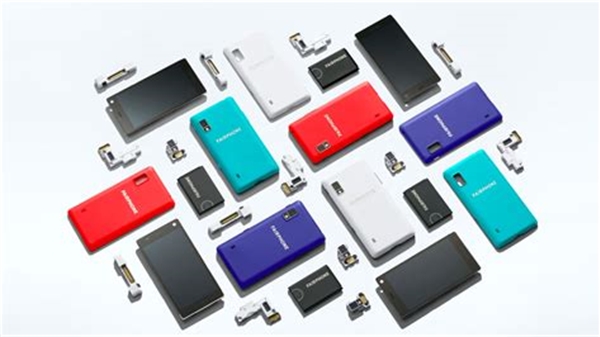The concept of circular design both creates and retains value at economic, ecological and social level. Circular design as the starting point for producers, consumers and materials handlers is a way of preparing society for the circular future. This is essential if we are to make the transition to a circular economy in the Netherlands.
Incentives to build up the circular economy
Producers and their partners in the supply chain will have to be motivated to produce circular designs. Working on individual incentives such as ecodesign, Extended Producer Responsibility (EPR), sustainable procurement and standards to build up the circular economy, including discouraging linear behaviour are essential. Many of the incentives are part of Rijkswaterstaat's work package.
In 2050, circular design will be a logical starting point for producers, consumers and materials handlers. The government of the Netherlands will use European and other legislation and incentives, while acquiring knowledge and sharing it to support enterprises in
See for more information:
Knowledge and skills
It is important that partners in the chain have the required knowledge and skills. If fewer primary raw materials are used, those materials retain their quality and can thus be reused, materials can then be made recyclable and actually recycled. In this respect, it is important that knowledge is acquired and shared so that partners in the chain can communicate, so that they can harness the potential of circular design.
Conditions
Ultimately, it is important that we create conditions that make circular design an accessible and affordable option, and to establish circular product chains.
Rijkswaterstaat is leading the way on:
- Supporting the Ministry of Infrastructure and Water Management (IenW) in the development of the Dutch position on the ESPR
- Actively following developments in primary and secondary legislation relating to circular design (NL/EU)
- Expanding knowledge at Rijkswaterstaat/IenW by conducting (or outsourcing) research
- Making contact with parties in the chain to identify any problems and explore solutions
- Communication and knowledge sharing with parties in the chain and consumers
- Development of a Dutch standpoint and participation in the consultation forum for non-energy-related products that are regulated under the terms of the Ecodesign Regulation, such as textiles.
Reduce pressure on natural resources
If Europe is to be both clean and competitive it is essential to reduce pressure on our finite natural resources. Growth without increasing environmental impact ensures prosperity and well-being for humanity.
Four circular strategies
Value creation is made possible by the four circular strategies:
- Reduce raw material usage (narrow the loop).
- Extend product lifetime (slow the loop).
- High-grade processing (close the loop).
- Substitute raw materials
